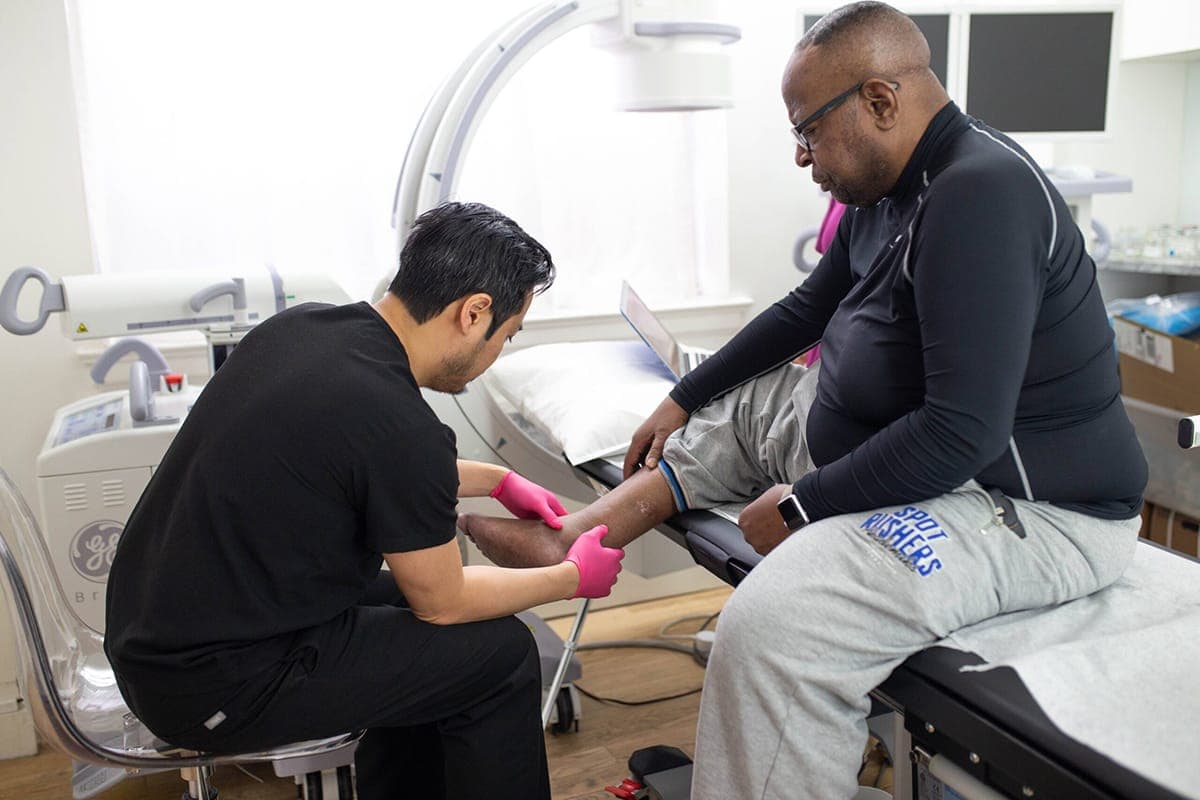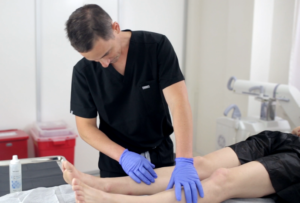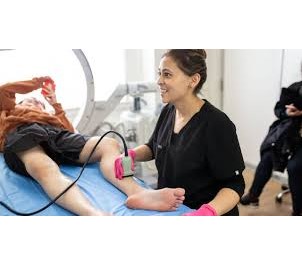Legs and feet are more common among varicose veins issues, which are those twisting, swelling sacks under the skin. People often think of varicose veins as a cosmetic issue, but this is not always so, as they can be uncomfortable and, in some cases, can lead to more severe health conditions. From knowing how to prevent varicose veins and what doctor treats varicose veins to getting the best therapies for them, several things people can do can be made more accessible by understanding their primary causes. Following is a detailed analysis of the principal reasons for how varicose veins are developed.
● Age:
When people start ageing, they may lose vein elasticity, which causes them to stretch more. The veins also weaken, allowing the blood to flow backwards rather than forward to the heart. This led to the valves that might become damaged and weak, leading to blood clotting that can cause veins to swell and become varicose.
● Pregnancy:
Women gain weight during pregnancy, which may also be the reason for varicose veins. The body's blood volume increases during pregnancy, reducing local flows in the legs and pelvis. Pregnancy may be the first time you start to have varicose veins, or the veins in the legs may worsen during the last stage. During this period, the increased pressure on the uterus affects the veins in the legs.

● Genetics:
This can also be genetics because many people are fit and fine and do not have weight, but they still suffer from varicose, which is a problem of the genes.
If other family members have varicose veins, there's a greater chance you will, too. Inheritance is the most potent determinant of varicose veins. Therefore, there is a genetic pathway to this condition. The inherited susceptibility of people to weak vein walls and valves could be a significant contributing factor to varicosities.
● Obesity:
This means being overweight. Having excessive weight on your body according to height can also trouble your veins, which might send blood from the limbs back to the heart.
This extra weight may contribute significantly to the development of varicose veins by making your veins work harder to pump blood to your heart.
● Inactive Lifestyle:
This is the primary reason people suffer from varicose veins, which might lead to varicose veins. In the present scenario, everybody sits for many long hours to do their duty in the office. So this leads to the pumping of blood into your heart. This is mainly a risk when your leg muscles are inactive; they don't help pump blood as efficiently, which can lead to pooling and the subsequent swelling of veins.

● Leg Injuries:
Past leg injuries that damaged the vessels could also be a factor here. The rupturing or slicing of veins due to accident or surgery is the primary cause of varicose veins, which are associated with chronic venous insufficiency.
Prevention and Management
Even though we may not be able to prevent all varicose veins from happening, a diligent approach to managing the risk factors and making necessary lifestyle changes will significantly minimize the cases of complications and hard symptoms. Routine exercise, keeping an average weight, consuming a balanced diet that includes plenty of fiber and a low amount of salt while avoiding high heels and tight hosiery, elevating one's legs, and switching up one's sitting or standing position from time to time should all be enough for the veins to avoid unnecessary pressure and the pooling of blood in the leg veins.
Conclusion
Varicose veins are a common issue that can be cosmetic but also potentially painful and harmful to overall health. Additionally, after reading the article, how much does varicose vein treatment cost? The answer is that this depends on the type of treatment you will be undergoing and the area or doctor who will be treating it. For those already suffering from varicose veins, modern treatments range from lifestyle changes and compression stockings to surgical interventions, offering relief and improving the quality of life.






Comments